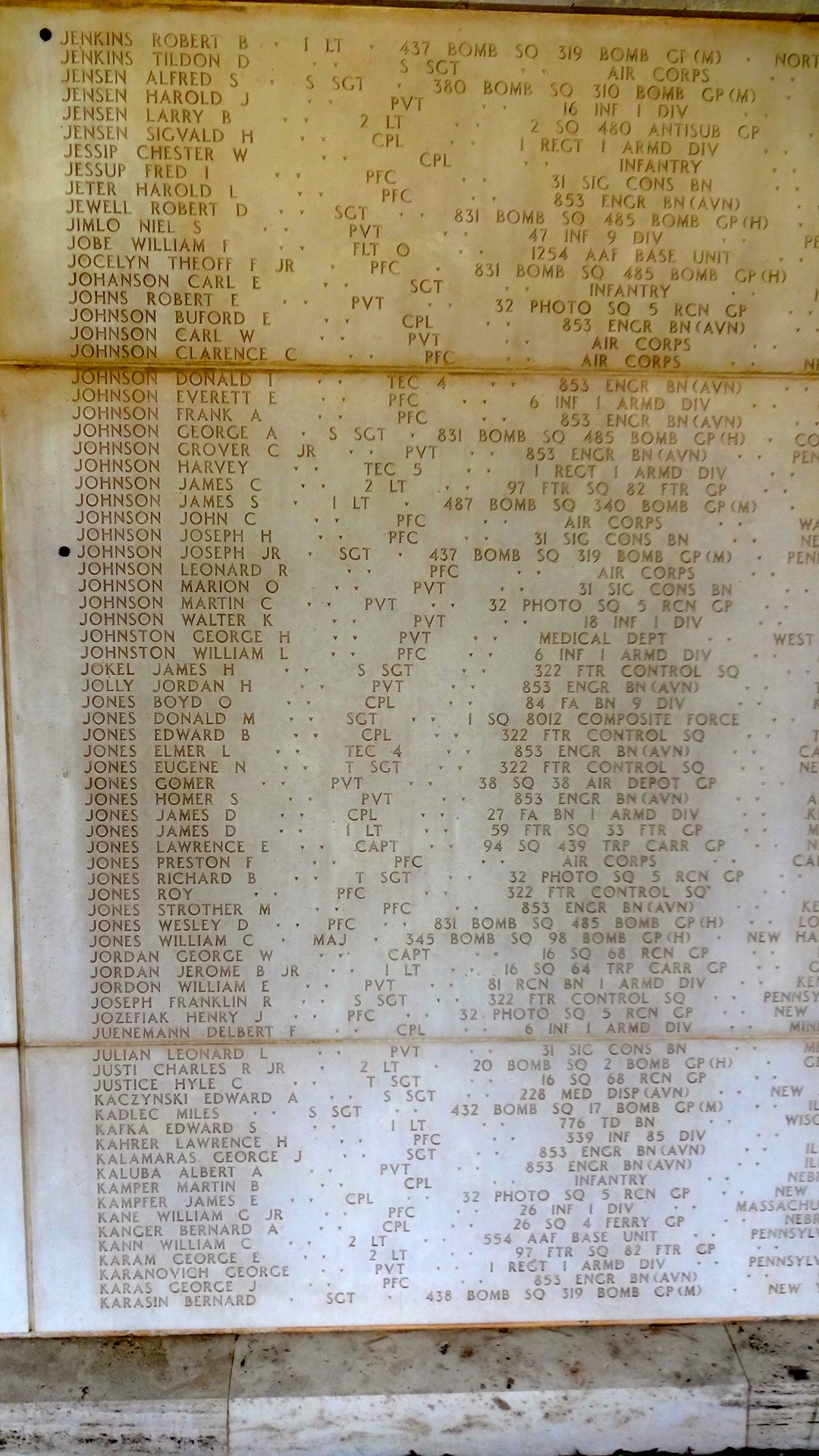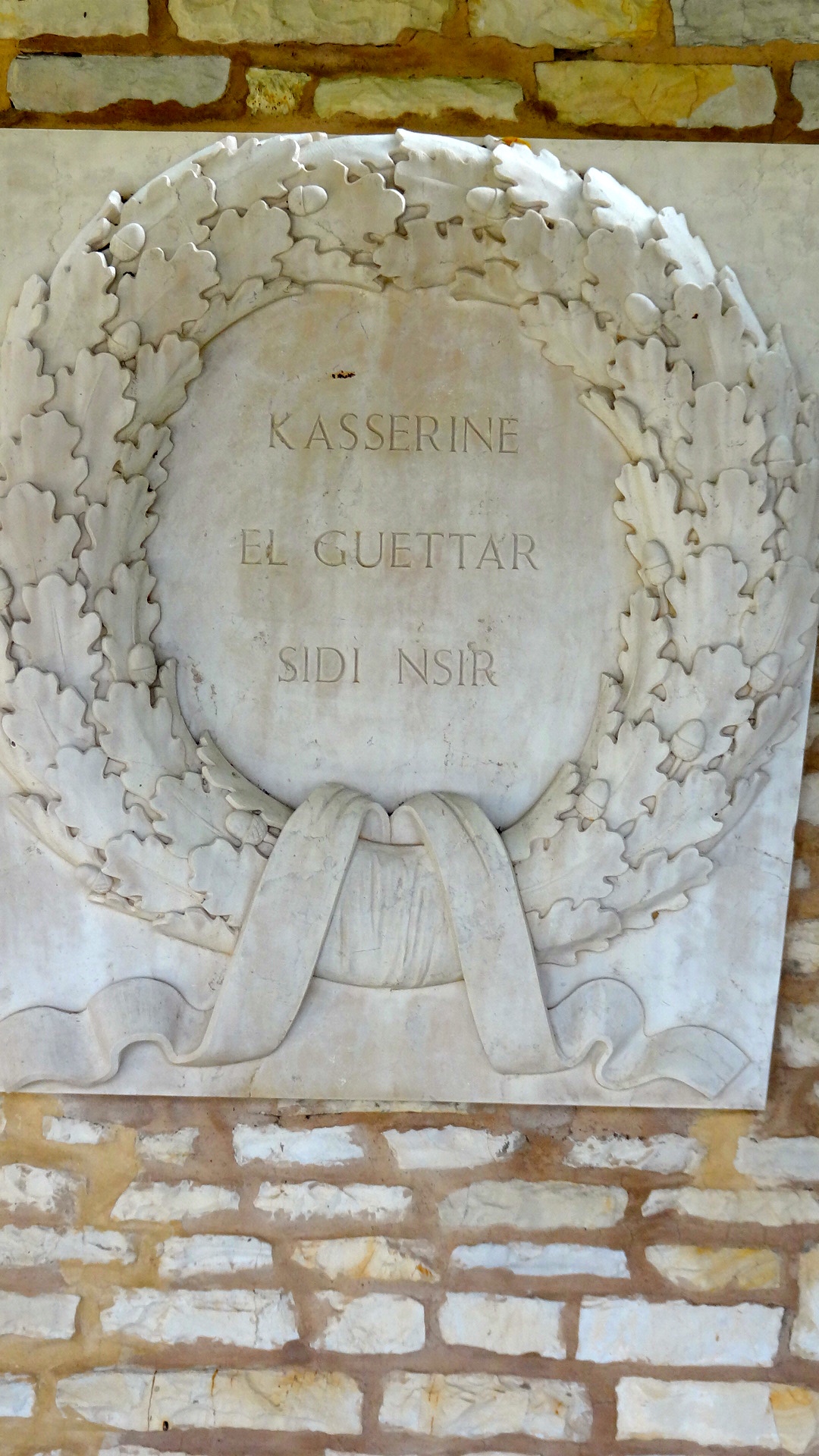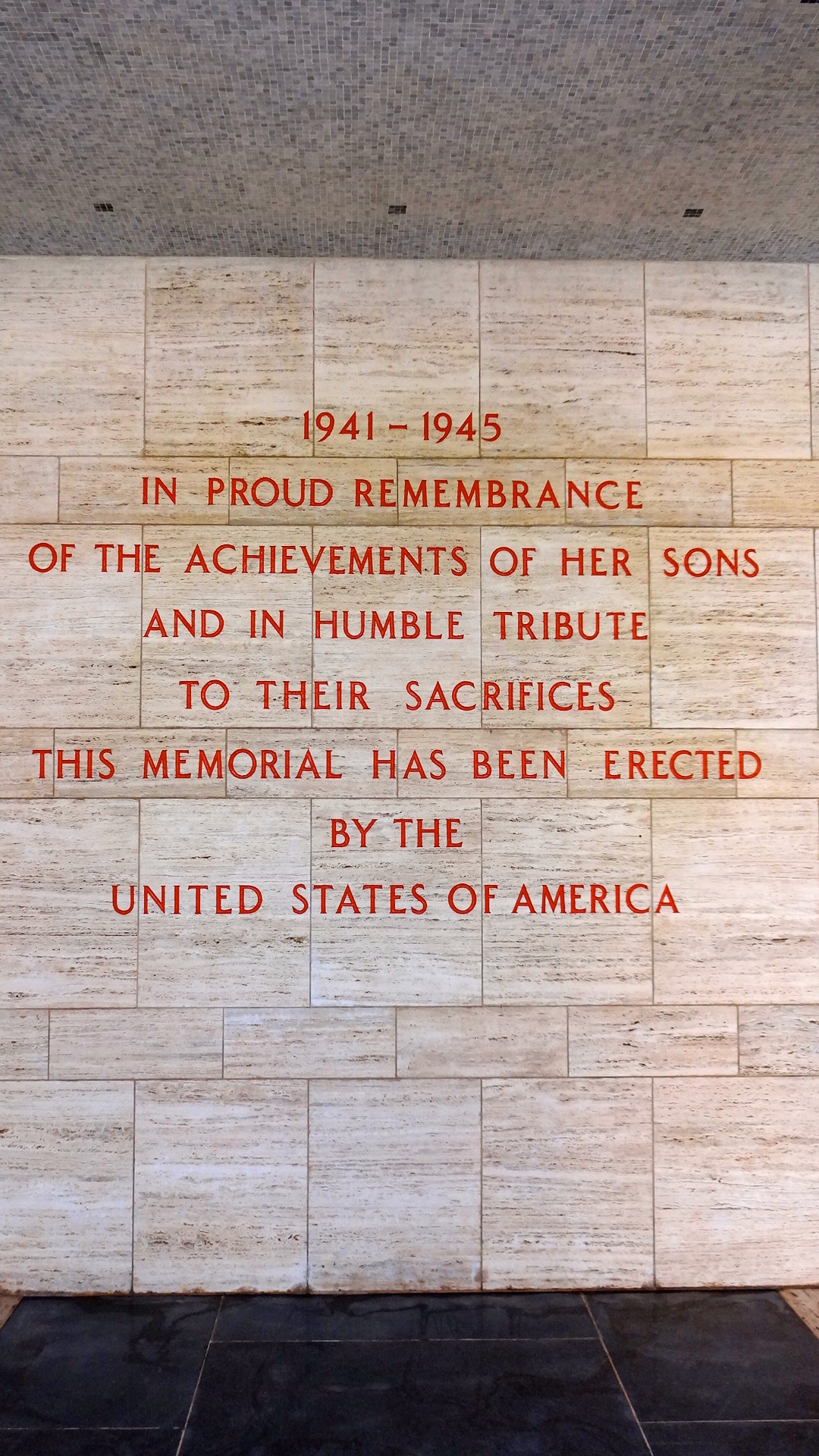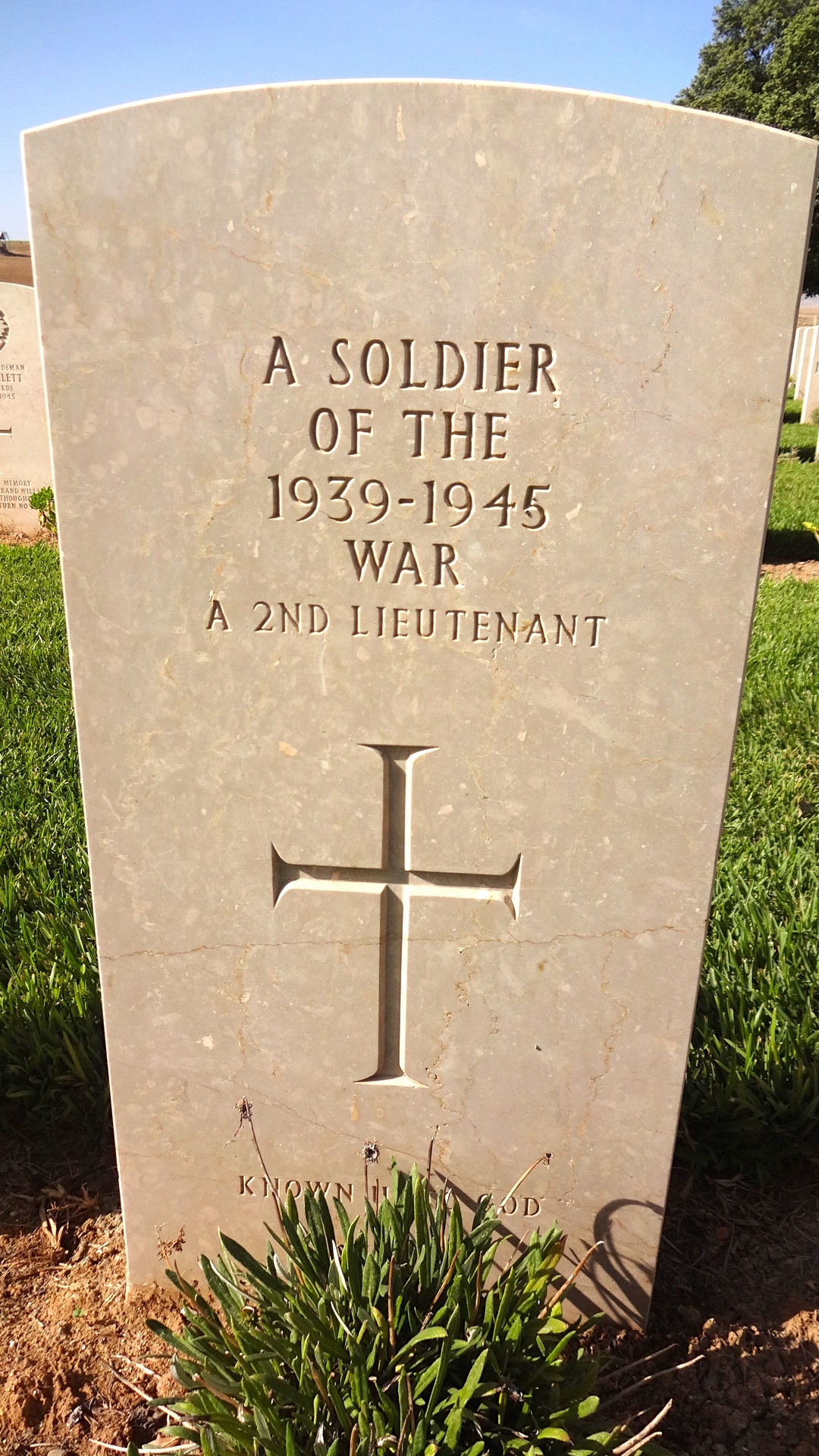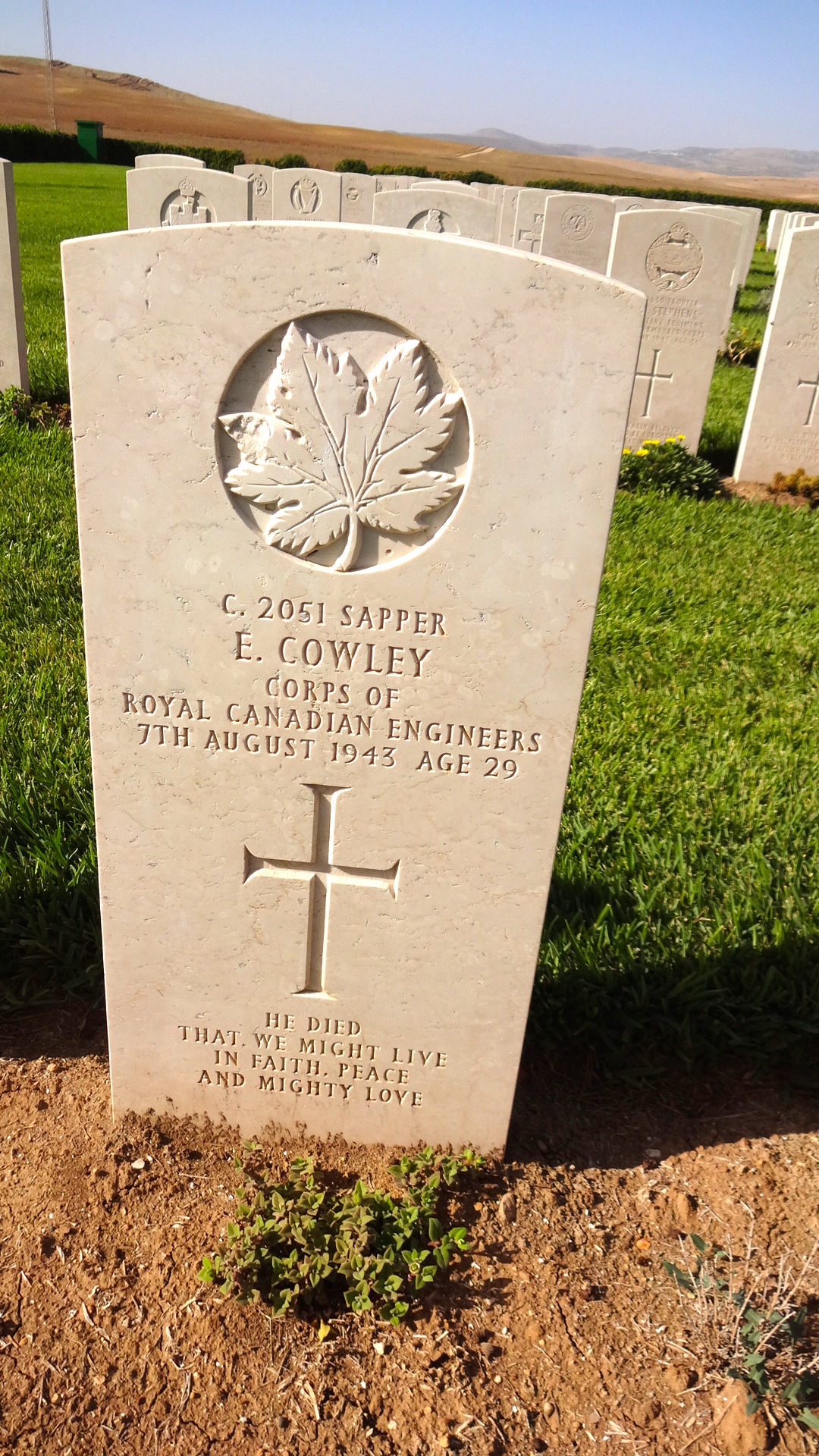Operation Torch and the Inevitable Human Cost of War
Operation Torch was the WWII Anglo-American invasion of North Africa on 8 November 1942. It was a five-month campaign to eliminate German and Vichy French forces from northern Africa, to open a new front against the Axis, and to prepare for the eventual invasion of Europe. The Vichy gave up after the first few days and most joined the Allied effort. The Germans fought hard, routed the Americans at Kasserine Pass, but eventually were pushed back into Tunisia where they finally were defeated. The Germans surrendered on 13 May 1943.
The US Forces learned some hard lessons following the campaign and the Army reorganized soon after to improve its combined arms capabilities and to prepare for years of hard fighting yet to come. During the consolidation following the Allied victory, Graves Registration Service personnel worked hard to identify the dead, account for the missing, and began the process of combining cemeteries.
The North Africa American Cemetery and Memorial was established in 1948. The Tunisian government granted the US free use as of the site as a permanent burial ground in perpetuity without charge or taxation. Today, this cemetery is managed by the American Battle Monuments Commission as one of the 25 cemeteries under its jurisdiction.
The North Africa American Cemetery and Memorial is the only American military cemetery on the African continent
The cemetery is located very near the ancient city of Carthage, a half hour's drive from Tunis. It sits on 27 acres and contains 2,833 headstones. Of these, 56 are Stars of David and 240 belong to unknown Soldiers. There are four sets of brothers interred here and one posthumous Medal of Honor recipient.
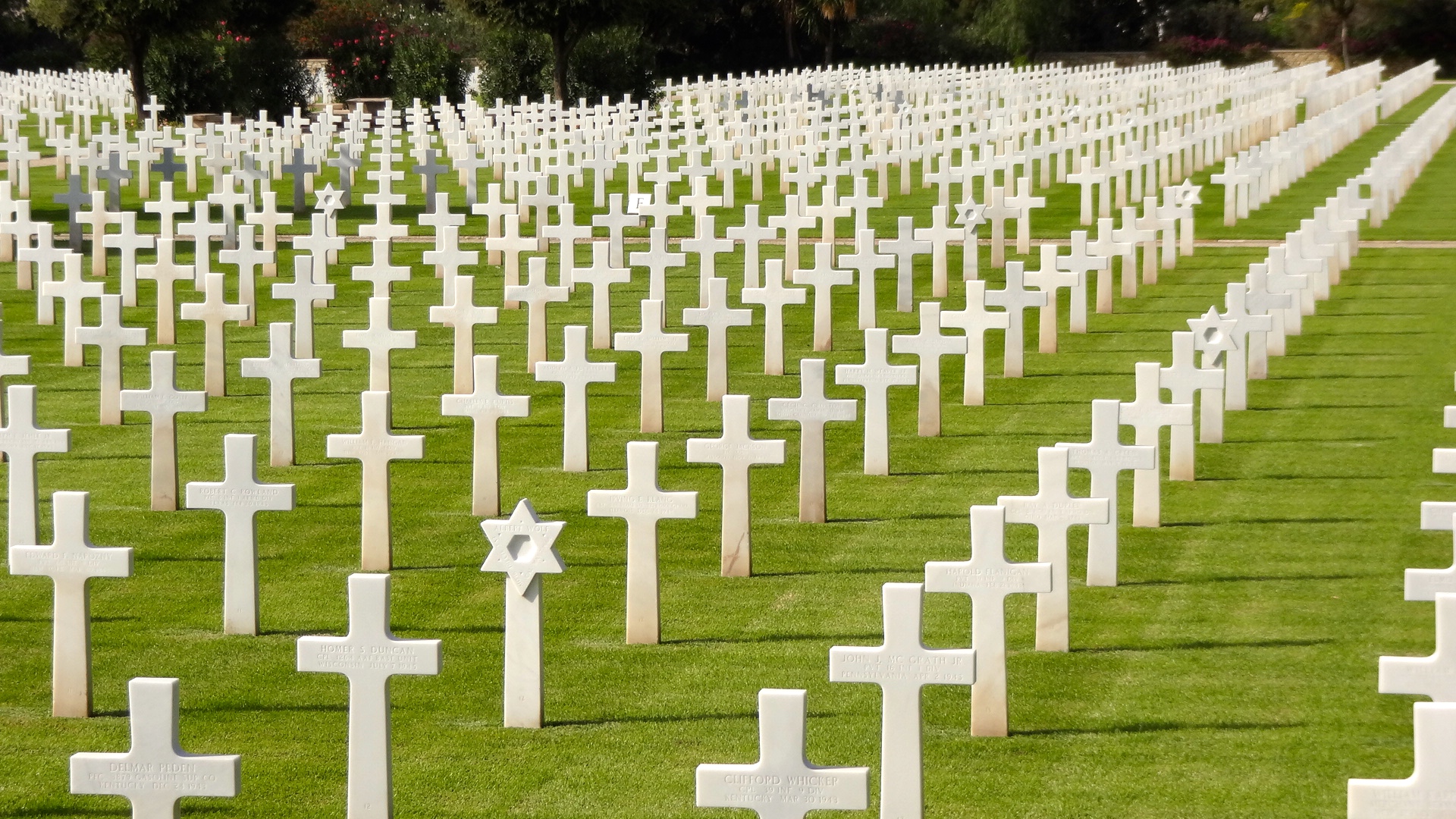
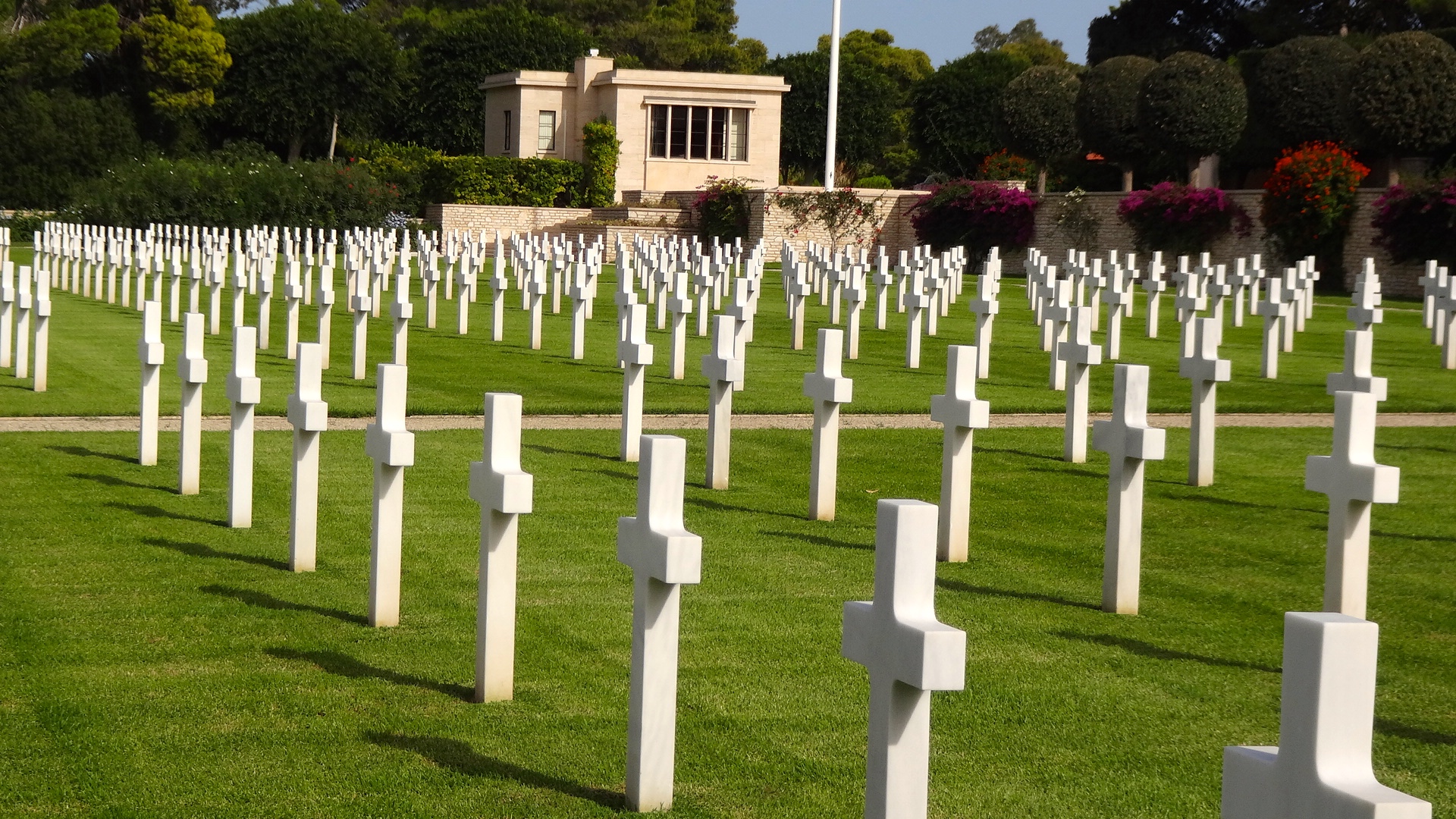
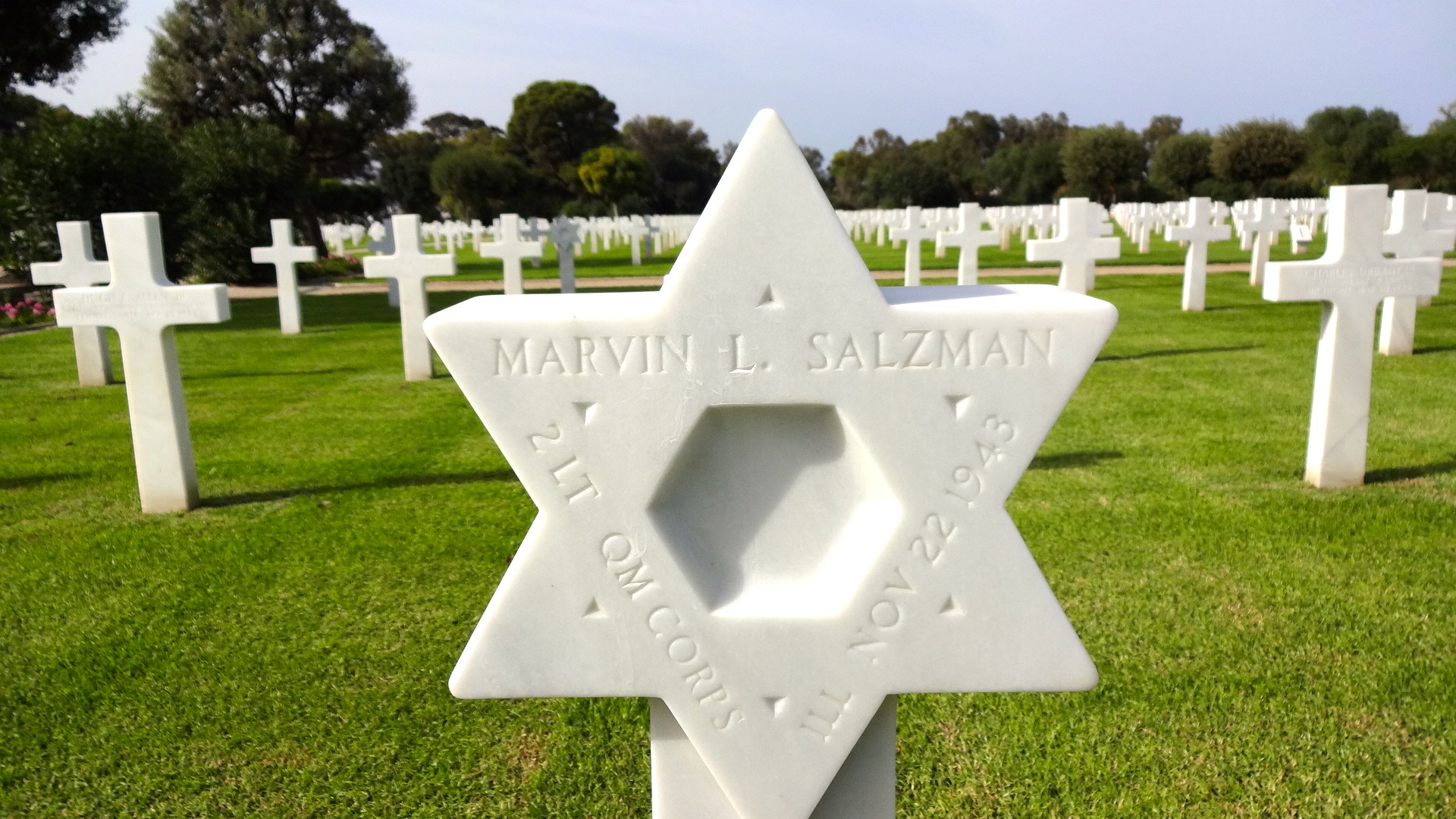
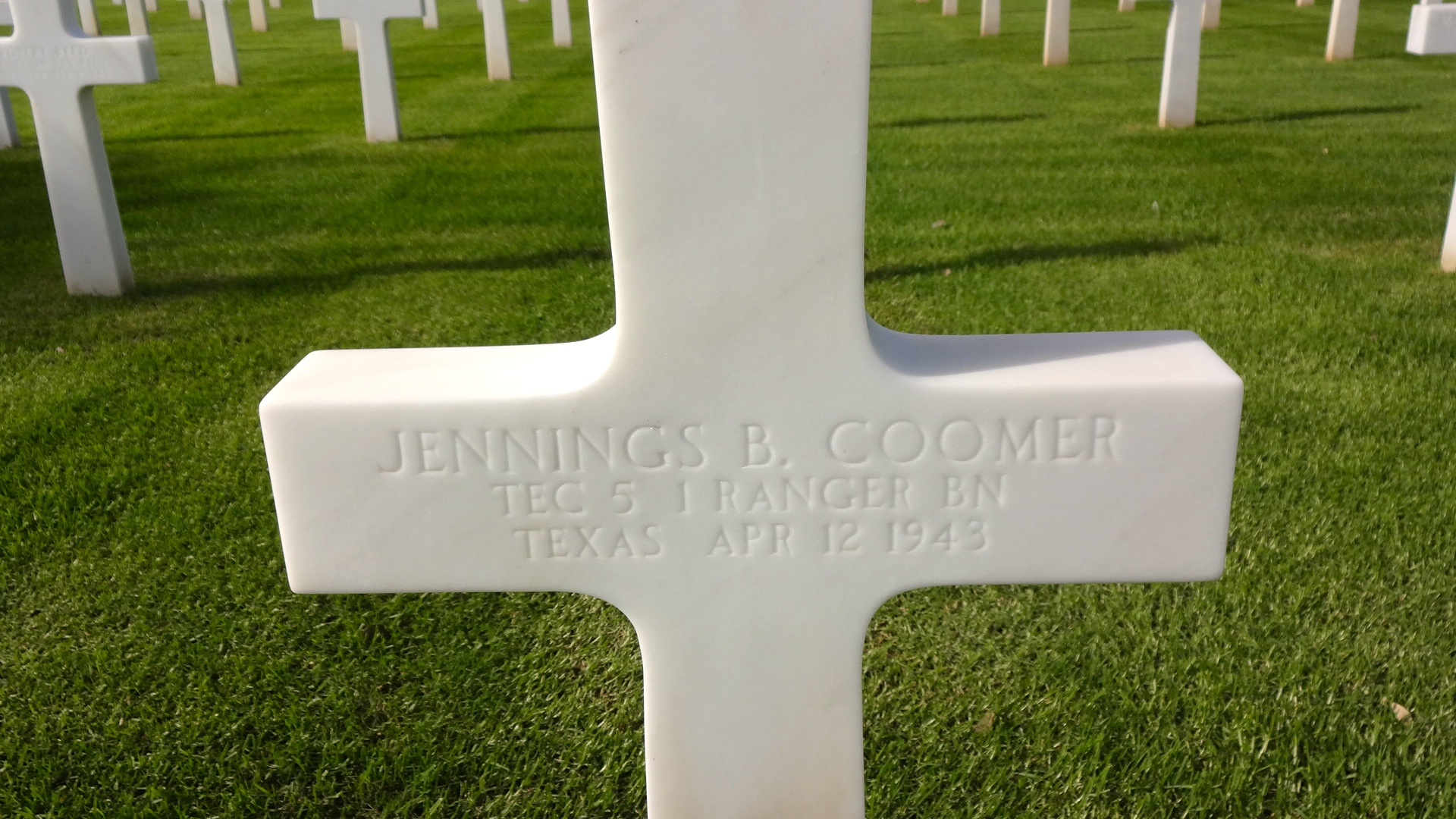
The difference between the American cemetery and the British cemetery located twenty miles away is the flag flying above the American graves.
US flag flying permanently over the graves of US WWII Killed in Action
One touching story. When I arrived at the cemetery, I was directed to the Administrative building. I figured that it was just a security measure to keep out vandals and others that have no business being on the premises. The Superintendent came out to greet me and to ask if I needed any assistance in finding a specific grave. I replied no, and stated that my father had fought in the North Africa Campaign and had been at Kasserine Pass. I also told him that I was retired Army. The Superintendent told me to wait, and returned to his office to dig out one of the American flags that was planted on the graves during US holidays. He handed it to me...and saluted.
My gift flag flying proudly in the backyard of my villa in Riyadh
The 2,833 headstones that remain here in Tunisia were originally joined by about 4,000 others. These remains were repatriated to the US at the request of their families. Besides the 240 unknown Soldiers buried in the cemetery, there were 3,724 other KIAs that were never recovered. Their names are engraved into the concrete tablets surrounding the cemetery.
The British Military Cemetery at Medjez el Bab
Sixty kilometers west of Tunis lies the British military cemetery in Medjez el Bab. This cemetery was established in 1950 and is managed by the Commonwealth War Graves Commission. Medjez was the limit of the Allied advance for months until the breakout in April and May 1943. This cemetery holds 2,521 graves of British and Commonwealth (Canadian and New Zealander) servicemen.

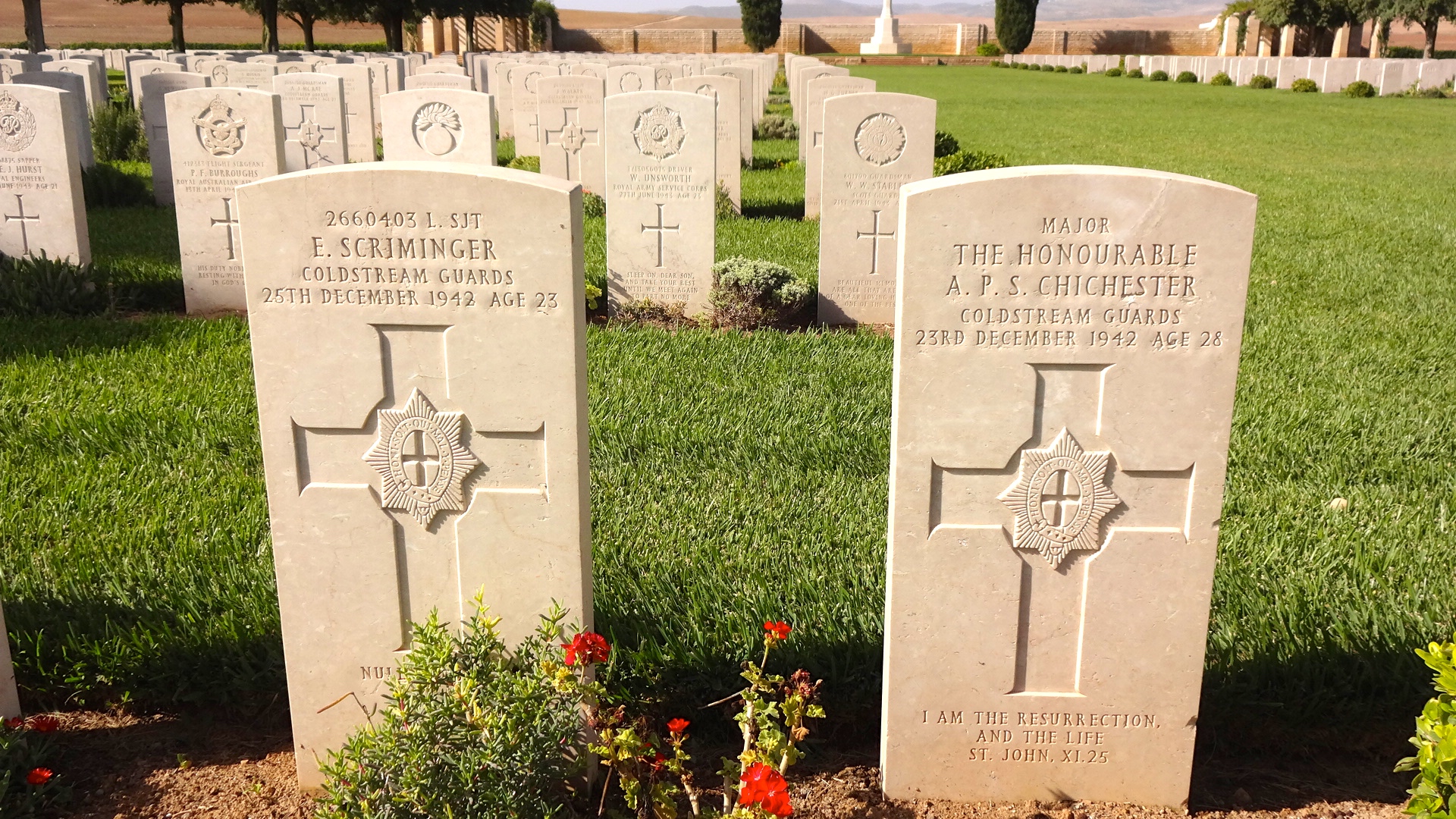
I've visited many US military cemeteries in various countries. The gravestones are all standardized with little personalization. This was my first visit to a British military cemetery. I found myself moved by the engravings on these gravestones. Besides displaying the age of the fallen, many of the gravestones had personalized messages from the wives and families at the bottom of the stone. I wish the US gravestones contained the same sentiment. It brought the human story to light regarding each grave and the toll it had on the families back home.


